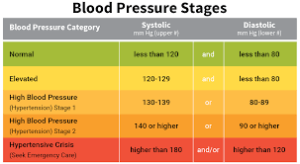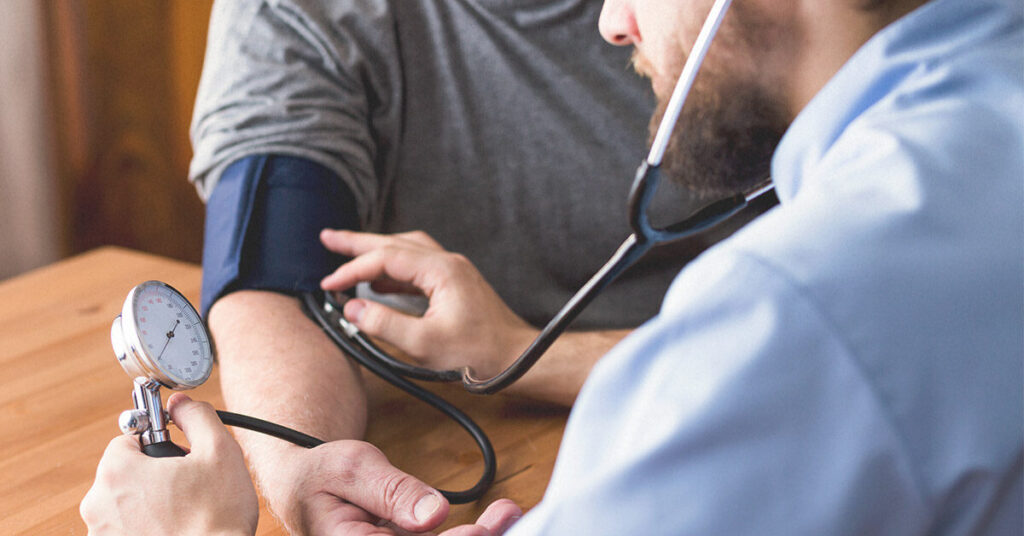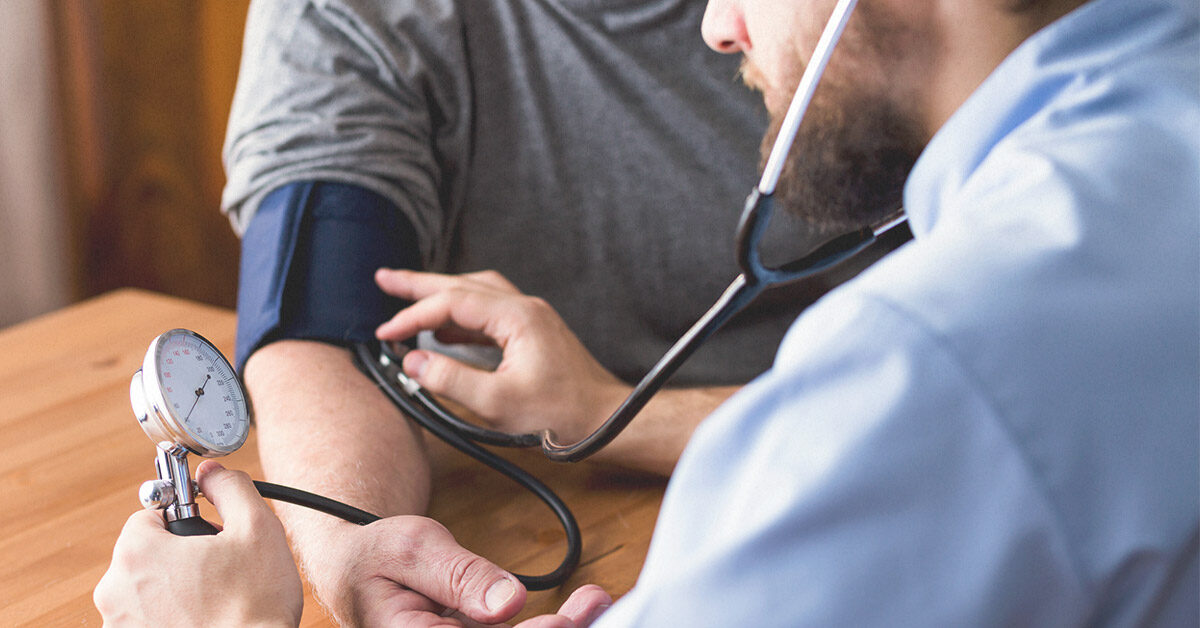
We got aware of Blood Pressure, how it’s measured, causes, symptoms & prevention. This blog is all about Systolic & Diastolic, we will be covering them in detail.
What Systolic, Diastolic Blood Pressure Numbers Mean
You might have noticed two numbers in your blood pressure report which look like 120/89 mmHg.
This 120 is systole blood pressure and 89 diastolic blood pressure.
What Does the Systolic Blood Pressure Number Mean?
The force generated during pushing blood on walls of arteries, that’s your systolic blood pressure.
Here’s how to understand your systolic blood pressure number :
- Normal : Below 120.
- Elevated : 120-129.
- Stage 1 high blood pressure (also called hypertension) : 130-139.
- Stage 2 hypertension : 140 or more.
- Hypertensive crisis : 180 or more. Call 911.
What Does the Diastolic Blood Pressure Number Mean?
The pressure in the arteries when the heart rests between beats. This is the time when the heart fills with blood and gets oxygen.
This is what your diastolic blood pressure number means :
- Normal : Lower than 80.
- Stage 1 hypertension : 80-89.
- Stage 2 hypertension : 90 or more.
- Hypertensive crisis : 120 or more. Call 911.

Blood Pressure Ranges
Normal blood pressure is less than 120/80. If you stick with your active lifestyle and follow a healthy diet, your blood pressure would keep maintained.
What to do to maintain blood pressure?
Treatment includes lifestyle changes, or one has to include medications;
Lifestyle changes include :
- Cut back on Sodium.
Ask your health care what your daily sodium limit should be. Read the Nutrition Facts label on food products. - Do Exercise.
Doing 3-4 sessions per week, each lasting 30-40 minutes, of aerobic exercise (that makes your heart beat faster). - Losing Weight.
You can expect to shave about 1 point off your blood pressure numbers for each pound lost if you are overweight. - Eat Healthy Diet.
Include vegetables, fruits, whole grains, low-fat dairy, poultry, fish, and chicken in your diet. - Quit Smoking & Alcohol or make limits.
How Blood Pressure Is Measured
It’s simple & painless. Your health care will measure your blood pressure with a small gauge attached to an inflatable cuff.
The doctor or nurse will wrap the cuff around your upper arm and use a stethoscope to listen to the blood moving through your artery.
For example, your numbers may be “120 over 80” or written as 120/80. In a blood pressure reading, the systolic number always comes first, and then the diastolic number.
When to Check Blood Pressure
- If your blood pressure is normal (less than 120/80), get it checked every year, or more often as your doctor suggests.
- If your blood pressure is elevated – if systolic blood pressure is between 120 and 129 or diastolic blood pressure of less than 80 – your health care will probably recommend you to check it every 3-6 months. They will probably recommend lifestyle changes like more exercise or 30 mins brisk walk and a healthy diet.
- In stage 1 hypertension – 130-139 over 89-90 – the doctor might suggest lifestyle changes and recommend to visit again in 3-6 months. Or they could tell you to make the lifestyle changes and give you medication, then recheck your condition in a month. It also depends on what other health conditions or risk factors you have.
- In stage 2 hypertension – 140/90 or higher – you’ll likely get medication. Strictly need to make lifestyle changes and see the doctor again in a month.
Checking Blood Pressure at Home
If you have high blood pressure, which elevates frequently, it is recommended to keep track of your blood pressure. This will help your doctor to find out if your treatment is working or not.
It might happen your doctor would suggest checking pressure at home if they think you may have “white coat hypertension”. It’s a real condition. The stress of being in a doctor’s cabin raises your blood pressure, but when you’re at home, it’s normal.
In this case, your doctor would recommend an easy-to-use home BP monitor. You can use cuff one BP machine, make sure the cuff fits on your arm properly.
You can also use a wrist BP monitor, but they often aren’t as accurate. Make sure to follow the instructions which come with the machine to get an accurate result.
Avoid caffeine and smoking and do exercise at least 30 minutes before the test.
How to Prevent High Blood Pressure?
- Quit smoke
- Do exercise
- Eat healthier
- Maintain your weight
- Get enough sleep
- Limit alcohol
The Primary Care services at Texas Specialty Clinic enclose a multitude of health problems. The dedication and expertise of our Board-certified physicians, nurse professionals, and other members are complemented by the most up-to-date diagnostic facilities. You can make a call and book an appointment with us at (469) 545-9983 anytime.

